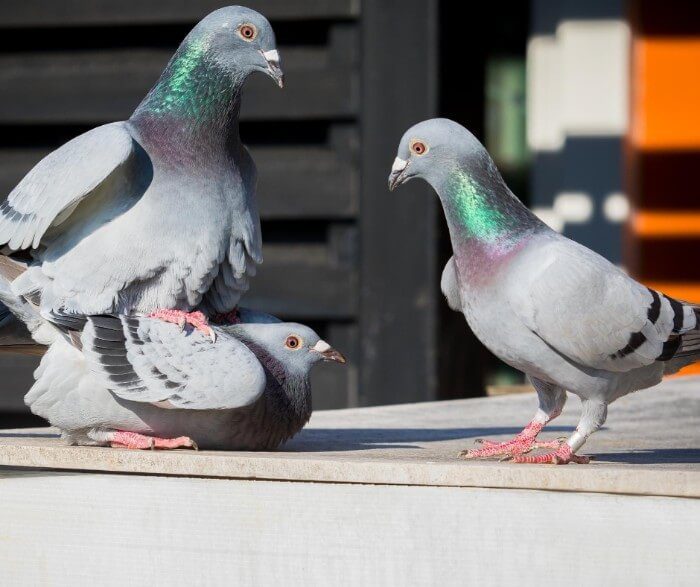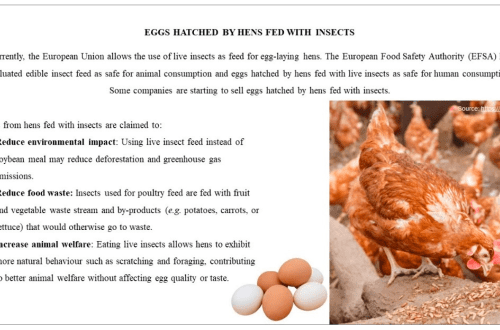
Kevok, çawa çêdibin, li ku dijîn û pêvajoya hevjîna wan
Pigeons are very common birds around the world. According to scientists, these birds originated from Europe or from North Africa, or even from Southwest Asia. In the wild, their life expectancy reaches five years, and at home, a pigeon can live up to fifteen years.
Rarely, but it happened that pigeons could reach the age of thirty. Usually when a pigeon meets a female, they create a couple and the male remains faithful to her until his death. They do not have a specific breeding season. This usually happens in April or June and until the end of September.
They build nests in closed places, and in the city usually in attics or under bridges or other technical facilities. Therefore, no one sees their chicks.
Pigeon’s nest is made of small branches of straw, which is a small pile with a depression in the middle. The male brings building material and the female builds the nest. It does not have a definite form for them – basically it is very sloppy and such nesting can be used for several years in a row. Every year the nest gets better and starts to grow in size.
Contents
Determining the age of a pigeon
Domestic animals live 15–20 years, but can only breed for 10 years. After five years of life, pigeons are not able to produce strong offspring, they give birth to very weak chicks and are capable of contracting various diseases. But it happens that you want breed a rare breed, then a young female is selected for the old male.
Their age is determined quite simply. They are mainly determined by the wax, after five months it turns white – this is like an indicator of maturity in these birds, it can be used to determine the age up to three to five years. Every year it increases.
Males and females and their differences
The dove is slightly larger than the dove and they have a coarser build, while the doves are smaller, more delicate and graceful. Before breeding, it is not easy to distinguish. Even experienced pigeon breeders before mating often make mistakes in choosing the sex of young pigeons.
To correctly determine the sex of a bird, it is necessary seated in boxes with a slatted front wall suspected male and female. With the right distribution, the male will start cooing, his goiter will swell and he will begin to care for the dove. If two males get into the box, then the case will end in a fight. Approximately the same will end if two females match. But there are times when the doves imitate a couple, and the error will be revealed only when there are four unfertilized eggs in the nest.
Active birds form a mating union quickly. They will sit closely pressed against each other, and gently pluck the plumage on the head and neck. And that would mean that the doves are really “qirçandin“. Such a couple, especially if they began to kiss with their beaks, can be safely released back into the dovecote – they will no longer disperse, they will always be together.
Pigeon breeding – mating
You need to mate only young and purebred pigeons so that there is no mixing of blood. There are two types of mating in nature:
- Xwezayî.
- Forced.
With natural mating, the male himself chooses a female for himself, and with forced mating, a person selects a female for him according to the necessary parameters and qualities. But if the house contains birds of the same breed, then there is no point in forced mating.
But if the male picked up a female, then a strong pair is formed. They start laying eggs earlier than all and in larger numbers, and their fertility and hatchability are the highest. With forced mating, the picture is completely different – the male becomes aggressive and pays little attention to his pair, and therefore the creation of a family is delayed and, of course, the chicks appear much later and the hatchability of such pairs is much lower than with natural mating.
Forced pairing. The poultry breeder selects pairs that are healthy, not very large and with good flight qualities. Having picked them up, he puts them in a closed box, usually this is done at night. After mating, the birds are released back to the dovecote.
Young birds, most often quickly mate and enter into an alliance with each other. To determine whether mating has occurred or not, just look at them. If there was mating, then the pigeons sit huddled against each other, and begin to care for their companion. After that, you can safely release them into a common house.
The box in which the mating took place cannot be removed, as they will nest there. If the pigeons choose another place for nesting, then the box must be placed in the place they have chosen.
natural mating. If the poultry house breeds birds of the same breed, then there is no need to put them in a box, because the male will pick up a female for himself. Pigeons will mate and lay their eggs. In such cases, a very strong family, high hatchability and strong chicks are obtained. Such a family, in most cases, converges the next year.
How pigeons breed
- Egg laying.
- Incubation of eggs.
- Feeding chicks.
Reproduction of pigeons depends on the laying of eggs. An experienced pigeon breeder can anticipate laying in advance, since at this time the female becomes less active, moves little and spends more time in the nest. This behavior of the dove is typical when it is going to lay eggs in two or three days. Pigeons usually lay eggs on twelfth to fifteenth day after mating.
If the dove is too young or old, then it lays only one egg, and a sexually mature one or two eggs. The female immediately begins to incubate the eggs after she lays them.
The first five to seven days the dove should not be disturbed, and then you need to check the eggs for the presence of embryos. Eggs from the nest must be taken very carefully so as not to pierce the shell and not harm the embryo, which has begun to develop. If there is no embryo in the egg, then don’t put the egg back in the nest.
To determine the presence of an embryo, you need to take a special device – an ovoscope and check it. If there is no such device, you can take an ordinary lamp or flashlight. In the presence of an embryo, the blood vessels of the future chick will be visible in the egg, since by the eighth day the chicks are already well developed.
It is impossible to take an egg from the nest for a long time, because it can become very cold.
In general, young couples hatch about 64% of eggs, while more experienced couples hatch 89–93%.
Domestic pigeons take turns sitting on their eggs to keep them cool and are therefore considered very good parents.
Chicks are born bîst rojan (sometimes a little less). The chick pecks the shell from the inside and after a few hours it is completely freed from it. Sometimes this process takes up to a day. Then adult pigeons throw out the shell from the nest.
After the appearance of the chicks, for the first two weeks, the parents feed them with milk, which is in their goiter, and then with softened, in the same place, grains. The first chick receives food from its parents after three to four hours, the second after fifteen to sixteen, and therefore they develop unevenly. Weaker chicks may die.
After forty – forty-five days, pigeons become like their parents and in a flock you can’t tell them apart at all.
Breeding domestic pigeons is an interesting process. They are compared to humans as they can also love and create a family.







